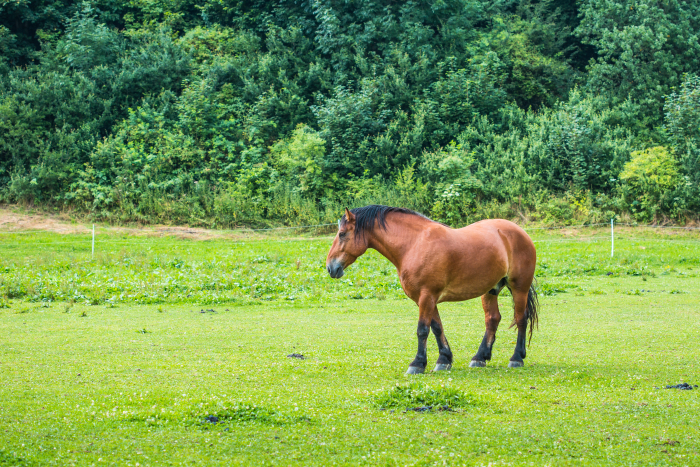Posted: September 1, 2016
Coming from the Latin equinus, “equine” means relating to horses, and equine therapy is the practice of using horses to benefit those with physical or mental disabilities. When “horses” come to mind, the idea of therapy may not jump out as easily as images like a country stable, the Kentucky Derby, or horse-pulled carriages. But horses are capable of much more than traditional roles may suggest. Equine therapy enjoys a rich history that begins with the special relationship between humans and horses itself. Horses had many uses throughout history: providing transportation, helping with agriculture, and of course offering a unique human-animal bond. The human-horse bond is unique because establishing a connection with a horse is unlike any other; the magic of connecting with a horse lies in the horse’s humanlike ability to communicate with its rider with fascinating loyalty and grace. Just think on it – a typical horse weighs a staggering 1,000 pounds. That’s 1,000 pounds that even a child can tame and appreciate with the help of certified equine therapists!
The marvel and majesty of horses aside, how exactly are horses supposed to provide therapy to those with disabilities like Cerebral Palsy? Saddling up with equine therapy can help improve a wide range of skills in those with disabilities, whether physical, emotional, behavioral, or cognitive. Therapeutic riding can offer beneficial experiences for those with Cerebral Palsy and other physical disabilities because the very motions involved in riding are similar to a human gait, offering those with physical challenges a great way to strengthen their cores and enhance balance, flexibility, and muscle strength while seated. As the horse trots along, the rider experiences a kind of simulated walking that recruits relevant muscles to go along with the horse for a smooth, synchronized, therapeutic ride. But be forewarned; the therapeutic part may be forgotten during all the fun involved in equine therapy…
In addition to these physical benefits, simply being immersed outdoors in a recreational activity like interacting with and riding a horse can provide a tremendous sense of purpose, perspective, and freedom. The full value of equine therapy comes from both participating in an outdoor activity and, of course, learning new equestrian skills.
Therapy in general, whether to strengthen posture or gain self-confidence, can sometimes be a less than exciting or enjoyable experience. But equine therapy offers a way to have a great time while taking advantage of therapeutic benefits that keep the rider or patient wanting to return for more sessions. Besides strengthening the rider physically, just being outdoors, socializing, learning new skills, and forming a bond with an amazing creature are hidden therapeutic gems that, while certainly a lot of fun, are also great ways to discover new potentials and stay active.
The challenges involved in equine therapy are more approachable and less intimidating compared to more traditional therapies considering the nature of the exercises and the fascination that animals like horses so easily awaken. In other words, the line between therapy and recreation blurs, as challenges that arise during equine therapy are less clearly challenges and more like ways to have some fun.
For more information on therapy options for your child, contact us today!






